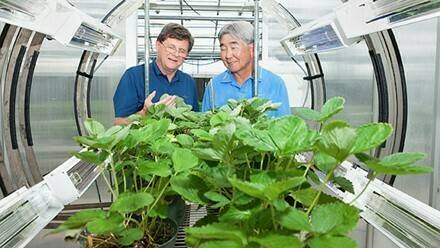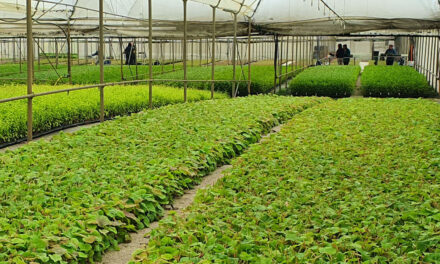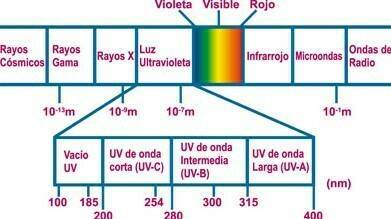
Botrytis control in strawberry through UV and darkness

By Sue Kendall, ARS Office of Communications
How many times have you purchased a package of beautiful, red, ripe strawberries from the grocery store only to have them spoiled by gray fuzz a day or two after you get them home?
That unappetizing fuzz is called gray mold, and it’s caused by the fungal pathogen Botrytis cinerea. Other common fungal diseases of strawberry include powdery mildew and anthracnose. These diseases pose big problems for growers, who traditionally apply fungicides to control them. And many fungicides are not even an option for organic producers.
Fortunately, Agricultural Research Service (ARS) scientists are on the case, looking for ways to keep strawberries mold free without fungicides.
Ultraviolet-C (UV-C) irradiation has been studied as a way of killing microbes by damaging their DNA, but at effective doses, it damages leaves and fruit. ARS scientists Wojciech Janisiewicz and Fumiomi Takeda discovered a way to sidestep this problem. They demonstrated that UV-C irradiation of strawberry plants—followed by a period of darkness—resulted in drastic kill of the Botrytis pathogen, the powdery mildew fungus, and anthracnose. In fact, the technique increased UV-C’s killing power 6- to 10-fold, depending on the pathogen, with no damage to the leaves, flowers, or fruit.
A bonus? The treatment also reduced spider mite infestations, and that could mean less pesticide use, too.
The scientists think the dark period following the UV-C treatment deprives the pathogens of the light needed to activate their DNA-repair mechanisms. They’ve filed a patent application on the technology, which is now called PhylloLux and includes applications of two beneficial yeasts. They have also automated the technology for large-scale applications. The scientists are working with an industry partner to develop a robot that can treat a field of strawberry plants at night on commercial farms.
Janisiewicz and Takeda work at the ARS Appalachian Fruit Research Station in Kearneysville, West Virginia. Their method for controlling fungal plant pathogens, and even spider mites, would greatly reduce product loss to strawberry growers and processors and reduce pesticide use. It will also benefit consumers who lose strawberries to mold before they can consume the entire package.—By Sue Kendall, ARS Office of Communications.
Picture
ARS pathologist Wojciech Janisiewicz (left) and horticulturist Fumiomi Takeda observe strawberry plants in the PhylloLux system at the ARS Appalachian Fruit Research Station in Kearneysville, West Virginia. They developed a method of applying UV-C irradiation to kill microbes and mites without damaging the plants. Peggy Greb (D4189-1)
Source
USDA, Mold-free Strawberries? Yes, Please!
https://tellus.ars.usda.gov/stories/articles/mold-free-strawberries-yes-please/?utm_medium=email&utm_source=govdelivery



















